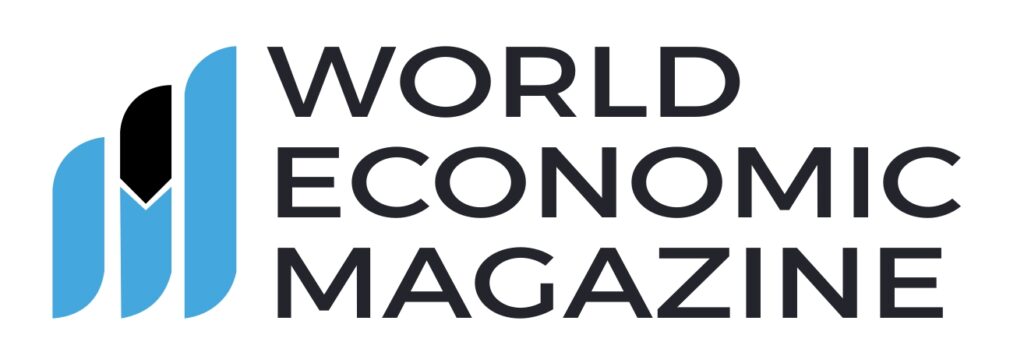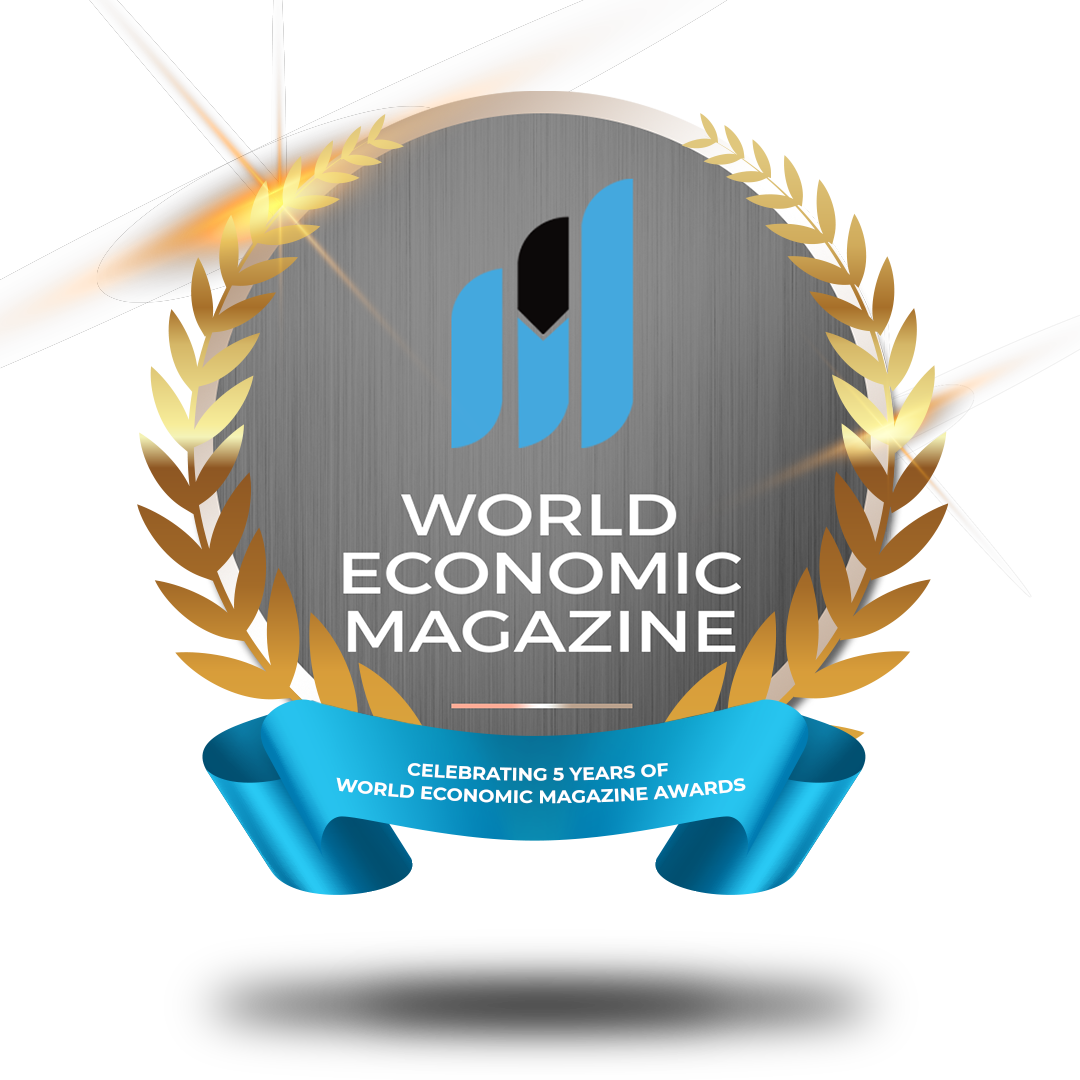
Five keys to expanding Central Asia’s global value chains
By Minsoo Lee
Central Asia’s long-term economic prosperity depends upon participation in global value chains and upgrading to higher value-added activities.
Central Asia’s long-term economic vitality will depend on the ability of the region’s economies to participate in global value chains and possibly upgrade to higher value-added activities. Value chains have transformed global trade and production by enabling the stages of a product to be dispersed across countries. This is particularly true where the right skills and input requirements are available at competitive cost and quality.
Many developing countries in Asia are struggling to capture better deals at the higher end of global value chains. The global value chain participation of Central Asia has remained limited largely because of its narrow trade portfolio, concentrated in few trading partners. In contrast, economies like the Republic of Korea and Singapore are fairly well integrated into production networks and they are—to varying degrees of success—climbing the global value chain hill. Central Asia is still in the valley.
The disruption to the global economy caused by the pandemic is an opportunity for Central Asian economies to advance a regional global value chain agenda.
A recent paper by economists at the Asian Development Bank examining how countries can move up global value chains offers useful insights for Central Asian economies to improve their participation in global value chains.
Greater cooperation and working as a group is the best way forward. International experience shows that economic integration forging production networks leads to increased intraregional transactions and, crucially, value-adding activities. It also brings cost and efficiency gains that encourage foreign investments.
Countries in Southeast Asia took this very route, via cross-border production-sharing, and benefited from an increase in market size in regional production. While this has taken place at the lower end of global value chains, such as assembly, strong integration in trade and investment is helping firms across Southeast Asia to move up global value chains. And this can be seen in the region’s growing reputation for knowledge-intensive goods and services.
Central Asia has a much lower level of regional integration, which is particularly weak in trade, finance, and investment. The region’s global value chain participation could be enhanced by strengthening trade cooperation under the Central Asia Regional Economic Cooperation (CAREC) program and similar initiatives.
The disruption to the global economy caused by the COVID-19 pandemic is an opportunity for Central Asian economies individually and as part of an intraregional effort under CAREC to examine policy actions that can advance a regional global value chain agenda.
Intensify support to facilitate international trading activities of smaller firms. Policy support is needed to help firms become global value chain players and to move up these chains. In addition, firms already find it difficult to participate in international trade because of poor access to finance. Based on the latest ADB Trade Finance Gaps, Growth, and Jobs Survey, an average of more than 40% of trade finance applications in Central Asia were rejected in 2018.
Expand opportunities of the increasingly open economies. Global value chains thrive in open economies and here the picture is broadly favorable. The 2020 Index of Economic Freedom ranks Armenia and Georgia as “mostly free,” Azerbaijan, Kazakhstan, and the Kyrgyz Republic as “moderately free.” Yet openness just by itself will not enable the region to become an active global value chain player.
Effectively gear the economy and trade portfolio towards diversification. Production, exports, and foreign direct investment in Central Asia lean heavily toward petroleum and minerals; the key global value chain sectors are multicomponent goods, such as electronics. The scope for economic diversification will in large part be determined by the comparative advantages of each economy and the region. The region is competitive in processed agricultural products, a potentially promising global value chain sector, and there are other bright spots. Metals play an essential role in intraregional trade. Ramping up services trade also offers Central Asia the opportunity to diversify and integrate into intra and inter-regional value chains.
The capabilities and capacity for firms to participate in global value chains need to be well understood. Here, domestic research institutions and development partners working can play a valuable role. Policies on trade, investment, and innovation should be reviewed specifically for their global value chain compatibility.
A country’s position on a global value chain tends to be determined by the level of knowledge and technology in its production and exports. A business climate conducive to innovation, as several studies show, increases the participation of developing countries in global value chains. For the most part, Central Asia’s economies were in the bottom third of countries in the 2020 Global Innovation Index.
Further integration into global value chains, and striking better deals, will require policy and investment support in many areas of the economy. Deepening economic integration will advance this process. Done properly, this could help Central Asian economies achieve stronger and more sustainable growth and bring much needed know-how and new technology for their production processes
Source: https://blogs.adb.org/blog/five-keys-to-expanding-central-asia-global-value-chains






